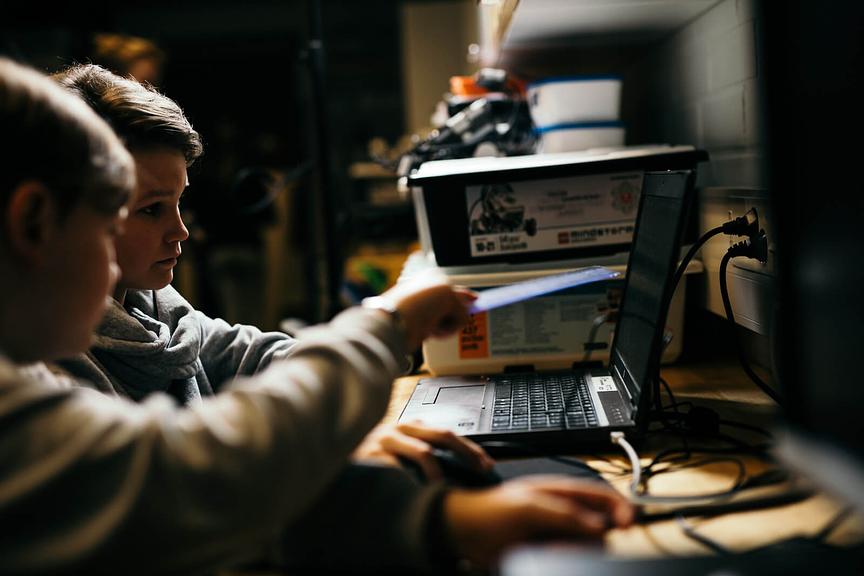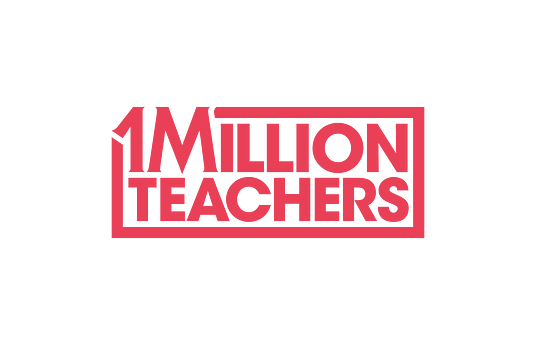The StudentAgent model was inspired by feedback from teachers, many of whom said itcan be a challenge to keep up with digitalization. Schools are constantly creating different models to developtechnical skills,but they can lack adequate resources for effective digital support.
Young people are more likely than their teachers to be familiar with technologyand can often be more skilled in this area.The StudentAgent model uses these skills to benefit the entire school community.This innovation aims to support not only the work of teachers, who will gain new skills and teaching tools, but also the development of students' own skills and confidence.
First, a team of eagerstudents is formed; second, together with a teacherthey then discuss the specific needs in their school; and then finally decide on an action plan to address them.StudentAgents support teachers during lessons and will also help, if necessary, outside the classroom with small everyday problems.
StudentAgents providesa flexible model to support the utilization of technology for teachers and students in the classroom. In the spirit of the reformed Finnish national core curriculum, the activity goes beyond both grade level and disciplinary boundaries. The role of the teacher is transformed from teacher to instructor, and students have the opportunity to teach as well as learn. At the same time, a sense of engagementamong the students grows as they take responsibility for the development of the whole school community.



